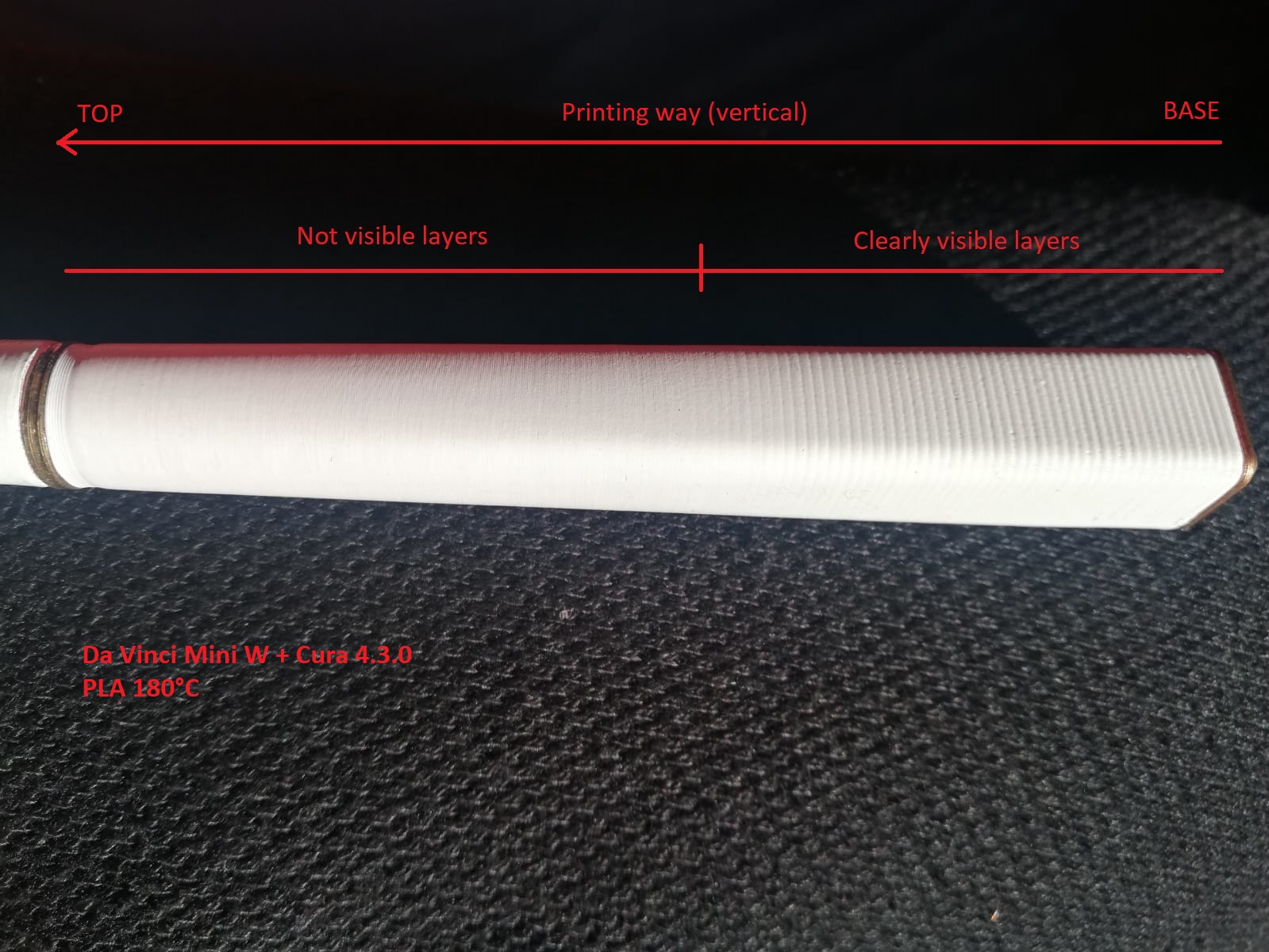If you want line free printing.. buy an SLA printer. Someone was infact offering up their Form 1 for sale.
FFF/FDM printing is not the appropriate tool in this instance... By definition, it will have deposition lines. You can counter this by using an appropriate material for the end-state.. for example, if surface finish is important, but fine surface detail is not present - just use PLA at anything <.25mm and you wont see lines...
Refer to Blue coloured Yoda on the left in this pic:

Thats just old fashioned .25mm with PLA and a slight hotter nozzle to make it a tad runnier... The transparent yoda is in ABS, and consequently, highlights the occasional deposition lines as its pretty static once laid down...
Now - knowing I printed that at .25mm as a test piece... lets have a look at the time comparisons between the different layer heights for the same printer using that STL : Yoda-Lite.stl (mesh reduced Yoda bust https://www.thingiverse.com/thing:10752 from faberdasher )
1h 37m .40mm
1h 55m .30mm
2h 09m .25mm
2h 28m .20mm
4h 32m .10mm
8h 43m .05mm
Massive difference there in time to print exactly the same piece ultimately. And there is no quality benefit in switching below .25mm .. it literally just takes 4 times as long!  (I say this for this model, as it has no fine surface texture or detail, so there is no quality improvement. If you were printing a lifelike textured sandstone wall - then sure, .1mm etc might bring you much greater detail than .25mm would. For the models in the video, and for old Yoda here - it don't do nuthin' but stretch the print time.... yes theres a tiny bit of extra face craginess you can eek out - but it doesn't really effect the final product....)
(I say this for this model, as it has no fine surface texture or detail, so there is no quality improvement. If you were printing a lifelike textured sandstone wall - then sure, .1mm etc might bring you much greater detail than .25mm would. For the models in the video, and for old Yoda here - it don't do nuthin' but stretch the print time.... yes theres a tiny bit of extra face craginess you can eek out - but it doesn't really effect the final product....)
As for leaving the machines running and 11 hours for a tiny print 'not so bad'..... the bigger issue is it wears very very thin the 4th time at around hour 6 there is a slight fault in the print...
Ultimately if you are concerned about layer lines, move right along to SLA and forget worrying about FFF/FDM. Especially when you consider the time taken to print the (relatively) small model at 0.05mm to avoid any layer lines, you could have printed 4 other models in the mean time... Or put another way - The pic in this post would have taken 22+ hours to produce, vs the 4 hours it actually took 
Worrying about layer lines on FFF/FDM printed objects is like fretting over the most appropriate way to use a teaspoon as a screwdriver (i.e, you've already started with the wrong implement ..... it can be done, but its often not worth the effort of just using a screwdriver in the first place ) 


